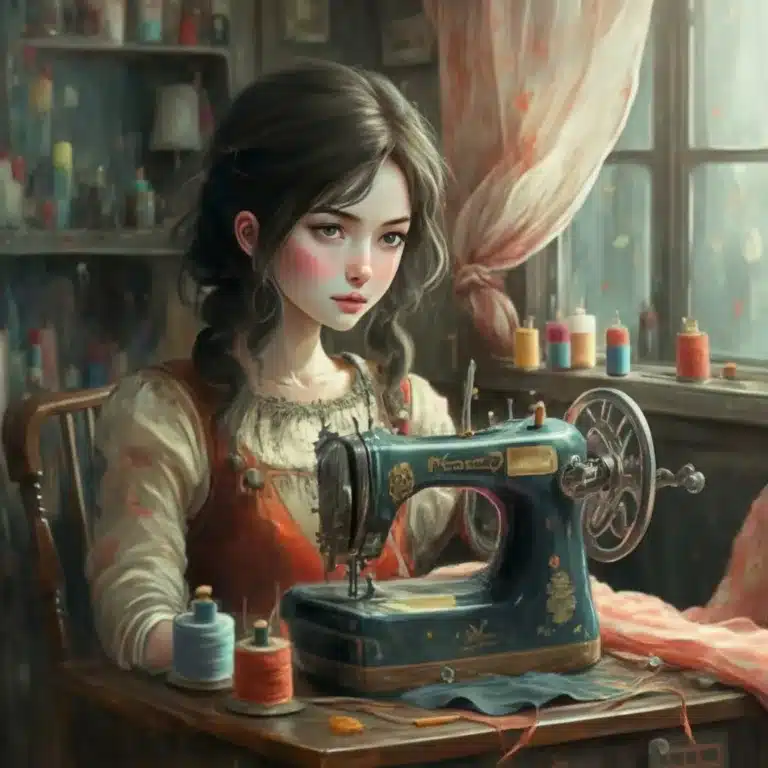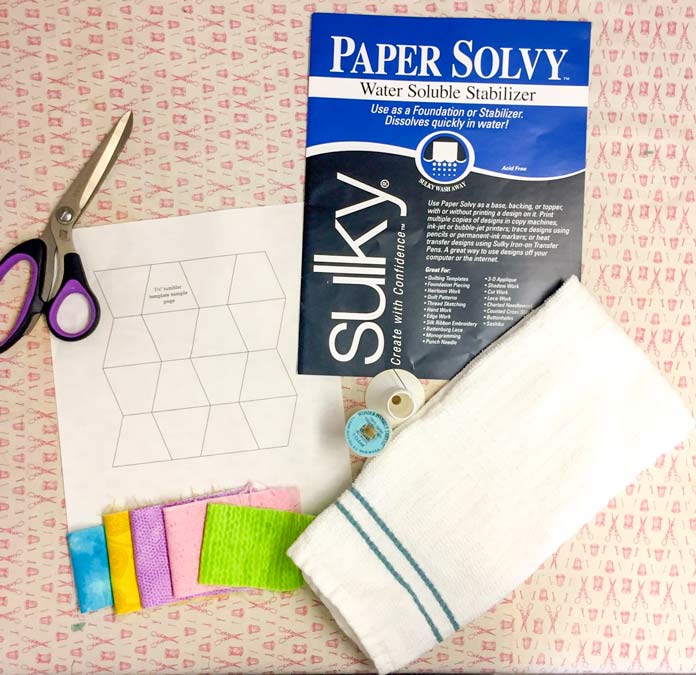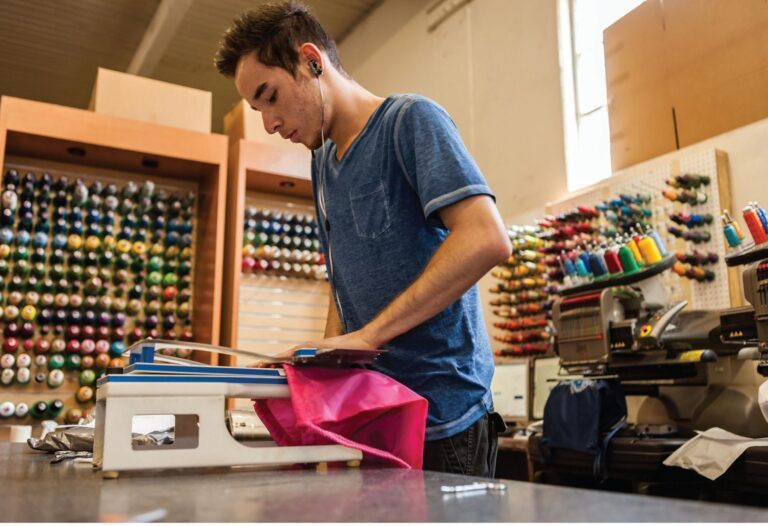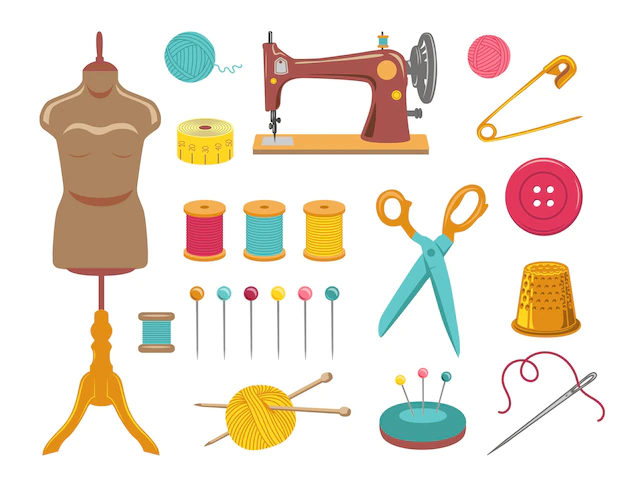Bridging the Gap: Transforming Images into Embroidery Files (For Free!)
The world of embroidery thrives on translating artistic vision into beautiful stitched creations. But what if your inspiration originates as a digital image? Fear not, creative stitchers! This guide empowers you to convert images into embroidery files for free, unlocking a treasure trove of design possibilities.
While premium software offers advanced features for image-to- embroidery conversion, budget-conscious crafters can rejoice! Several free methods exist, each with its own strengths and limitations. Let’s delve into these techniques and equip you to transform your favorite images into stunning embroidery patterns.
Understanding the Conversion Process
Before diving in, it’s crucial to understand the essence of image-to-embroidery conversion. Here’s a breakdown:
- Images vs. Embroidery Files: Images are collections of pixels, representing colors and light variations. Embroidery files, on the other hand, contain instructions for a sewing machine, specifying stitch type, placement, and thread color.
- The Power of Digitizing: The conversion process essentially translates the image’s visual information into a set of embroidery instructions. This is called “digitizing.” Free methods often rely on automated processes, while premium software provides greater control over the digitizing process.
Free Image-to-Embroidery Conversion Methods:
Now, let’s explore the exciting world of free conversion techniques:
1. Online Conversion Tools:
Several online platforms offer free image-to-embroidery conversion. Here’s how they work:
- Upload Your Image: Select the digital image you wish to convert. Ensure the image is high-resolution and clear for optimal results.
- Choose Settings (Optional): Some platforms might offer basic settings to adjust stitch density, color options, or output format.
- Download the Embroidery File: Once processed, download the generated embroidery file, typically in a format like DST or PES.
Popular Free Online Conversion Tools:
- Wilcom Online: A free online digitizing tool from Wilcom Embroidery Studios, offering basic conversion with limited editing capabilities.
- Embroideres: This online platform provides free conversion with options to adjust stitch count and color reduction.
Pros:
- Convenience: Online tools are readily accessible from any device with an internet connection, offering instant conversion.
- Free to Use: These tools eliminate the upfront cost of purchasing digitizing software.
Cons:
- Limited Control: Free online tools often lack the advanced editing features found in premium software, potentially resulting in less than perfect stitch quality or color accuracy.
- Output Limitations: File formats and editing options might be restricted compared to paid software.
- Potential Security Concerns: Be cautious when uploading images to online platforms, especially if they contain sensitive information.
2. Open-Source Digitizing Software:
For those comfortable with technical aspects, open-source software presents another free option. Here’s what to expect:
- Download and Installation: Locate and download open-source digitizing software like “Inkstitch” or “Wilcom DecoStudio Lite.
- Learning Curve: Open-source software often requires a steeper learning curve compared to online tools, demanding familiarity with digitizing principles.
- Manual Digitizing: Unlike online tools, open-source software might necessitate manual digitizing, allowing for greater control over the process but requiring more time and effort.
Pros:
- Greater Control: Open-source software offers more control over the digitizing process compared to online tools, allowing for customization of stitch types, densities, and underlay settings.
- Offline Functionality: Open-source software works on your computer, eliminating reliance on an internet connection.
Cons:
- Technical Expertise: Using open-source software often requires a technical understanding of digitizing concepts.
- Time Commitment: Manual digitizing can be time-consuming, especially for complex images.
- Limited Support: Troubleshooting and support might be limited compared to commercially available software.
3. Mobile Apps (Limited Functionality):
A few mobile apps claim to convert images to embroidery files. However, their functionalities are often limited, primarily offering basic conversions with minimal editing capabilities. These apps can be a starting point for simple designs but might not be suitable for complex projects.
Pros:
- On-the-Go Conversion: Mobile apps offer the convenience of converting images from your smartphone or tablet.
Cons:
- Extremely Limited Features: Free mobile apps typically lack the control and editing options found in other methods.
- Output Quality Concerns: The quality of the converted embroidery file might be compromised due to limited functionalities.
Choosing the Right Free Conversion Method:
The ideal free conversion method depends on your project requirements, technical skills, and desired level of control. Here’s a quick guide
Related Posts
Discover relevant articles, tutorials, and tips to improve your skills and explore new techniques.
Stay inspired and connected to our embroidery community.






